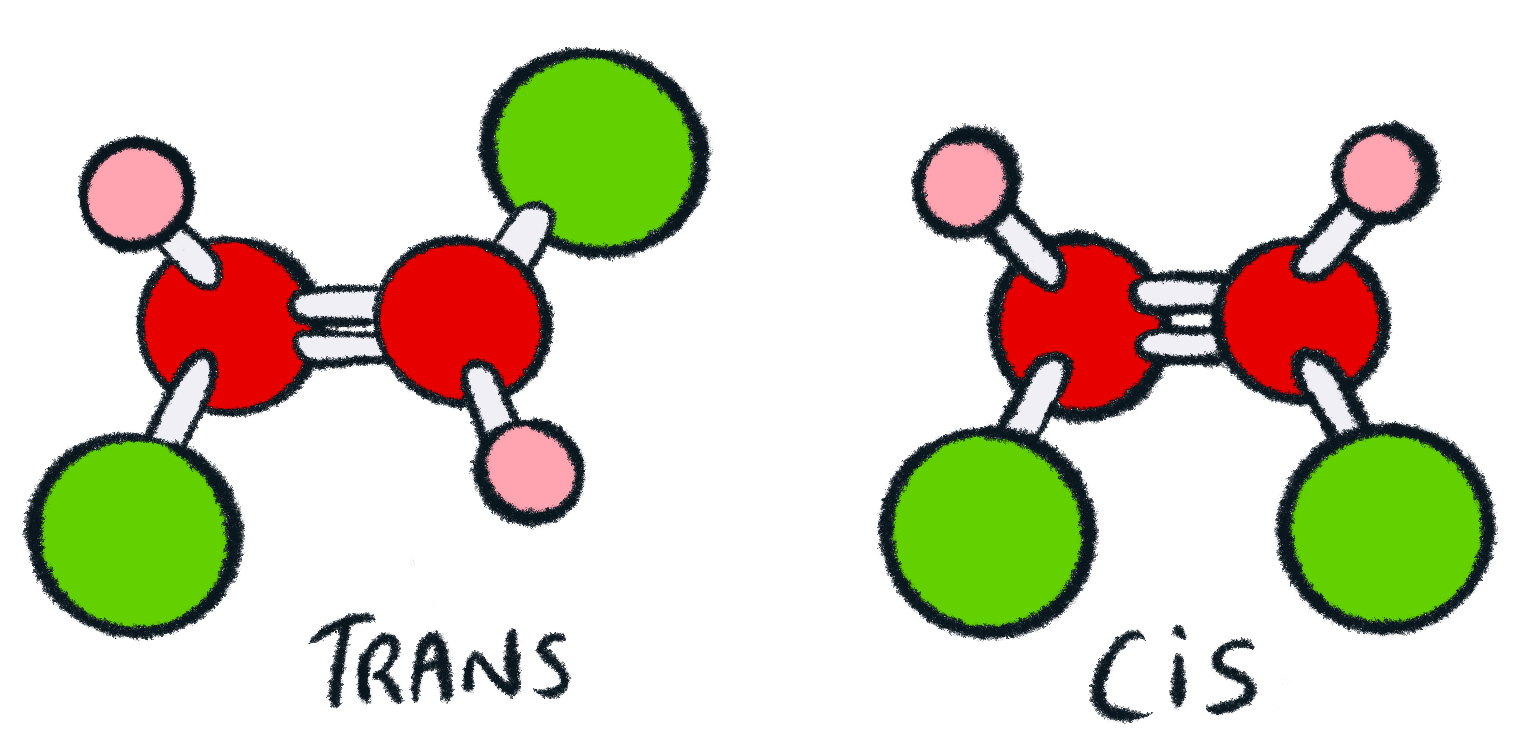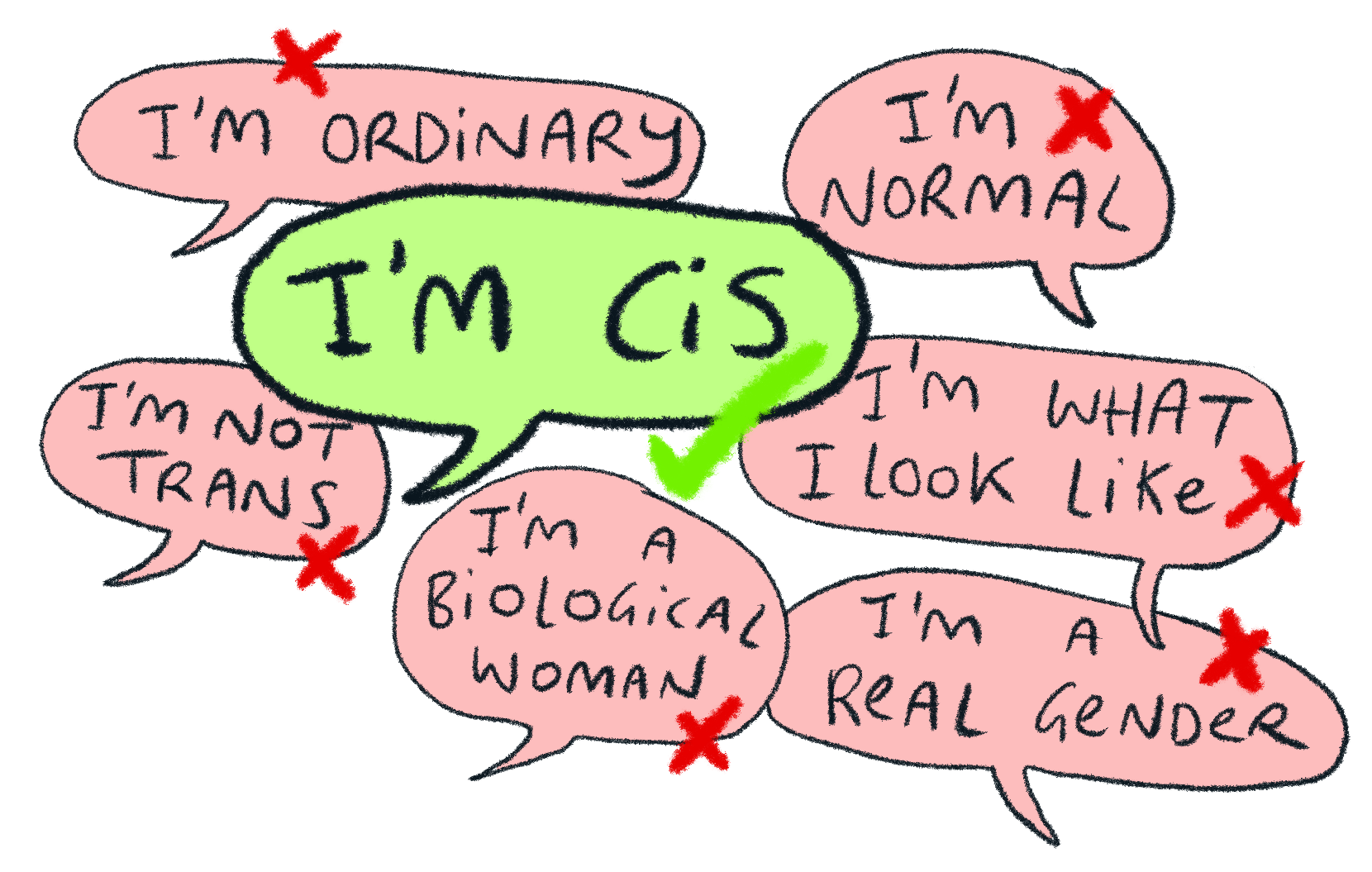What does cis mean?
You may have heard the term cis being used before, maybe even being used to describe you, and wonder what it meant, or why the word would need to exist at all.
Cis, short for cisgender (pronounced sis-gender, or just sis), is a term that means whatever gender you are now is the same as what was presumed for you at birth. This simply means that when a parent or doctor called you a boy or a girl when you were born, they got it right.
Cis people can be men or women, because those are the genders that doctors label people at birth.
A person’s gender is different from their sexuality, therefore you can be cisgender and be straight, gay, lesbian, bisexual, queer, or another sexuality, just as you can be trans and any sexuality too.
Where does cis come from?
Cis has traditionally been used as a prefix, the same as trans has, and comes from the latin meaning “on the same side as”, which sits opposite trans, from the latin “on the opposite side as”.
These terms have been used in the scientific disciplines for centuries, such as in chemistry, geography, and genetics.
Chemistry has used the terms trans and cis to talk about the arrangement of isomers, which are molecules or ions that have the same formula but different structures. They are used to describe the structure of a molecule, and whether an atom is on the same side as a similar atom, or a different side.
Language is full of these borrowed words, taken from different disciplines or subjects to describe new experiences and understandings of the world. The use of the word cis to talk about gender is just one more way we can make sense of and describe the world around us.
It's also important to use space between cis, trans, and the word they’re attached to, eg. Cis woman and trans woman. You wouldn’t say someone is a smartwoman or a tallwoman.
Why do we need a word for this?
The word cis exists to fill a gap that would otherwise exist in language, and that has previously been filled with words like ‘normal’ or ‘regular’, which position trans people as ‘abnormal’ or ‘irregular’ as a result. While cis people are more common, normal can have a connotation of denigrating trans people. Having a specific word means that our language is not only specific, but value neutral, and doesn’t paint cis or trans people as better or worse as a result.
By being able to differentiate between trans and cis people, we can talk about the experiences we have that differ, and the many more experiences we have that are similar.
What is cisgenderism?
Cisgenderism pathologises or rejects people’s genders when they do not align with the gender they were presumed at birth.
This can affect everyone – trans and cis – as it can cause the delegitimisation of one’s own gender or the genders of others. Cisgenderism can cause harm in many subtle and overt ways, including rejection by friends and family, microaggressions, not using known affirming language, not providing needs-based medical care, or even just thinking about someone as really being a gender that they’re not.
Cisgenderism can be fought by education and openness to others’ experiences and truths. Reading this page is a great start, but we recommend visiting our Downloads page and looking through the resources provided there to learn more.
Downloads
Words Matter: A guide to talking about the trans people in your life - TransHub & PDGC
Links
Cissexism and Cis Privilege Revisited - Part 1: Who Exactly Does “Cis” Refer To? - Julia Serano
Cis - Merriam Webster
An evidence-based model for understanding the mental health experiences of transgender Australians. - Riggs, D. W., Ansara, Y. G., & Treharne, G. J. (2015). Australian Psychologist
Cisgenderism - Y. Gavriel Ansara and Israel Berger
All illustrations on this page by Briar Rolfe
Want to learn more?
If you're interested in learning more about your health and gender affirmation, or about how to support the trans people in your life, TransHub has got you covered. For more on being a great ally, try our Allies section, which has information for families, partners, friends, and more.


